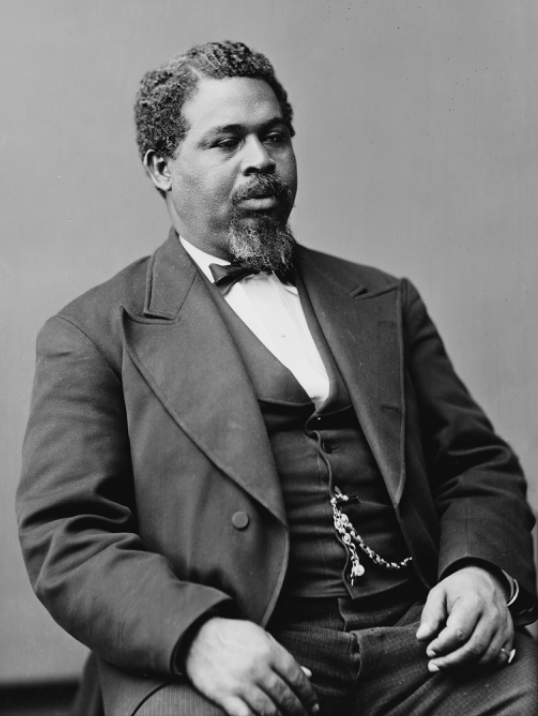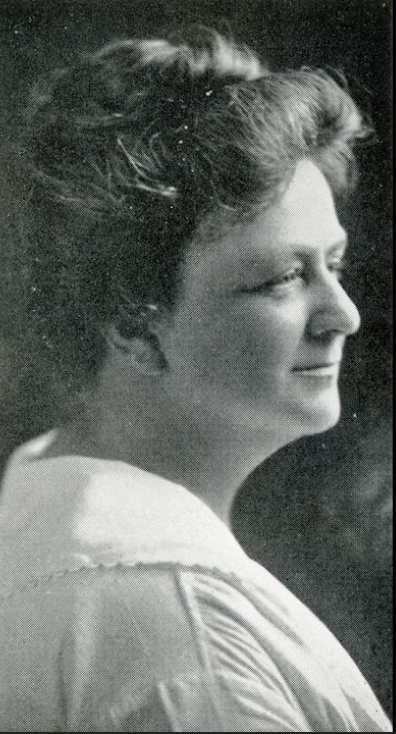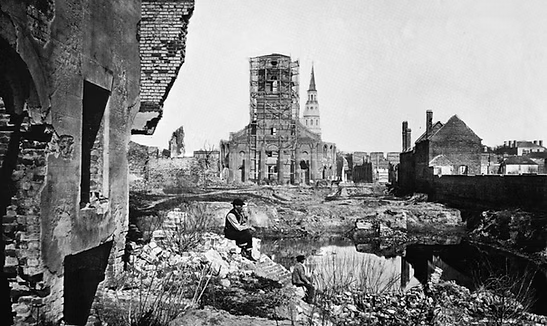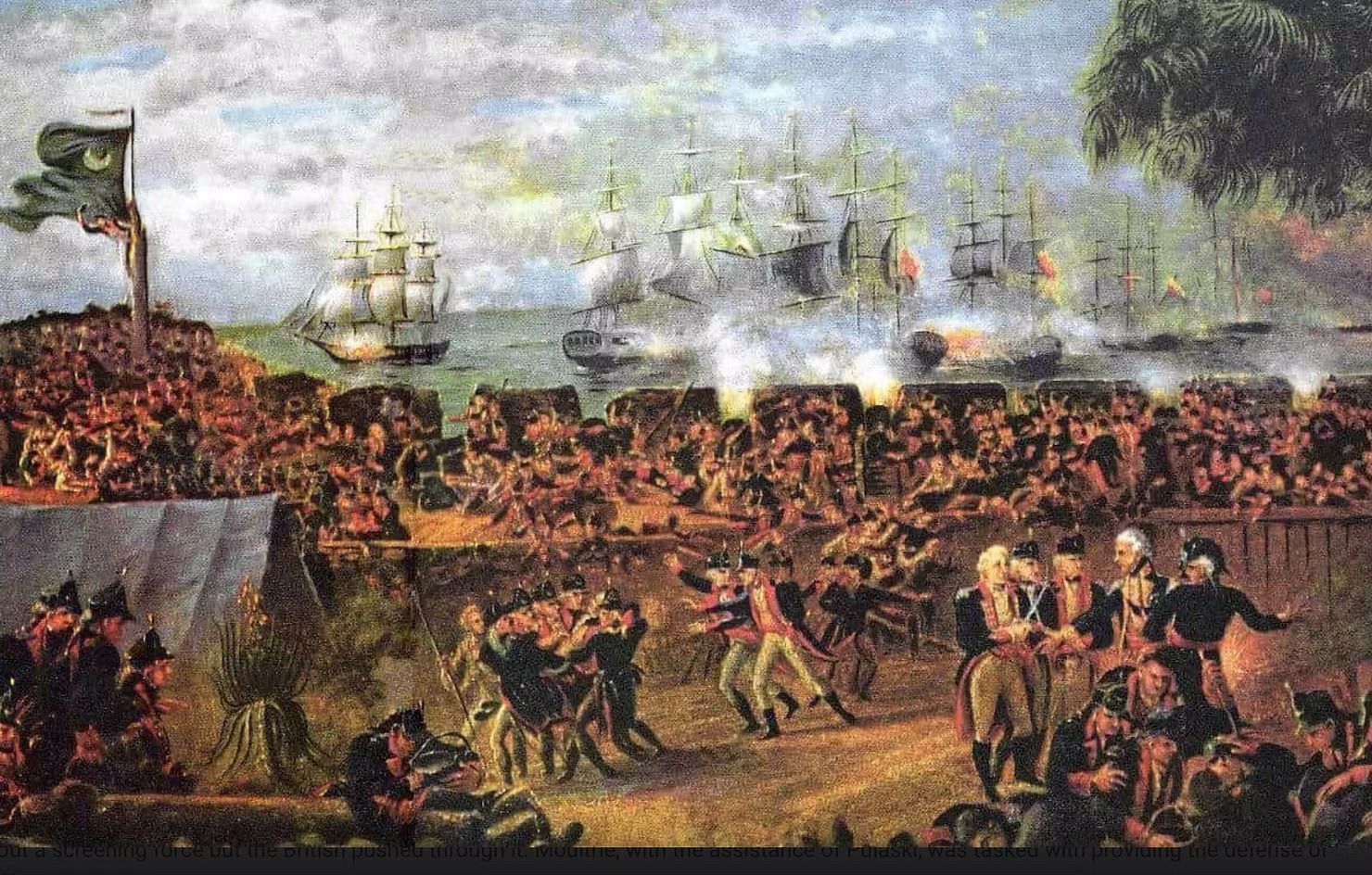The story of Robert Smalls
The Bold Escape of Robert Smalls
In the still hours before dawn on May 13, 1862, the Confederate warship Planter sat quiet in Charleston Harbor. Its white officers had left for the night, trusting the crew of enslaved men to keep her safe. But Robert Smalls, a 23-year-old enslaved man from Beaufort, South Carolina, had other plans—plans as daring as they were brilliant.

Smalls was no ordinary man. Sharp-minded, trusted, and quietly observant, he had studied every maneuver of the ship’s captain. He knew the harbor’s signals, the placement of mines, the rhythms of patrols. He’d been planning this moment for months.
With calm precision, Smalls donned the captain’s coat and straw hat. He moved like the man himself. His crew, also enslaved, stood ready. Just before 3 a.m., Smalls gave the order. The Planter’s steam engine groaned to life.
They picked up their families at a nearby wharf—wives, children, packed and waiting in the shadows. No time to speak. Only time to flee.
As the ship approached the formidable line of Confederate forts guarding the harbor, Smalls stood tall at the wheel, saluting like the captain would. Guards returned the gesture, suspecting nothing. The Planter glided past Fort Sumter—the very fort where the Civil War began—and out into open water.
By daylight, they reached the Union blockade. The crew raised a white bedsheet as a flag of surrender. Union sailors rushed aboard—and stared in disbelief.
“We’ve brought you the Planter,” Smalls declared. “And freedom.”
Robert Smalls not only escaped slavery that day—he became a Union naval hero, helped convince President Lincoln to accept Black soldiers in the Union Army, and after the war, was elected five times to the U.S. Congress.
He was born enslaved in South Carolina. He died a free man in his own house in Beaufort—the same one he had once been enslaved in.
And he never stopped fighting for liberty.




